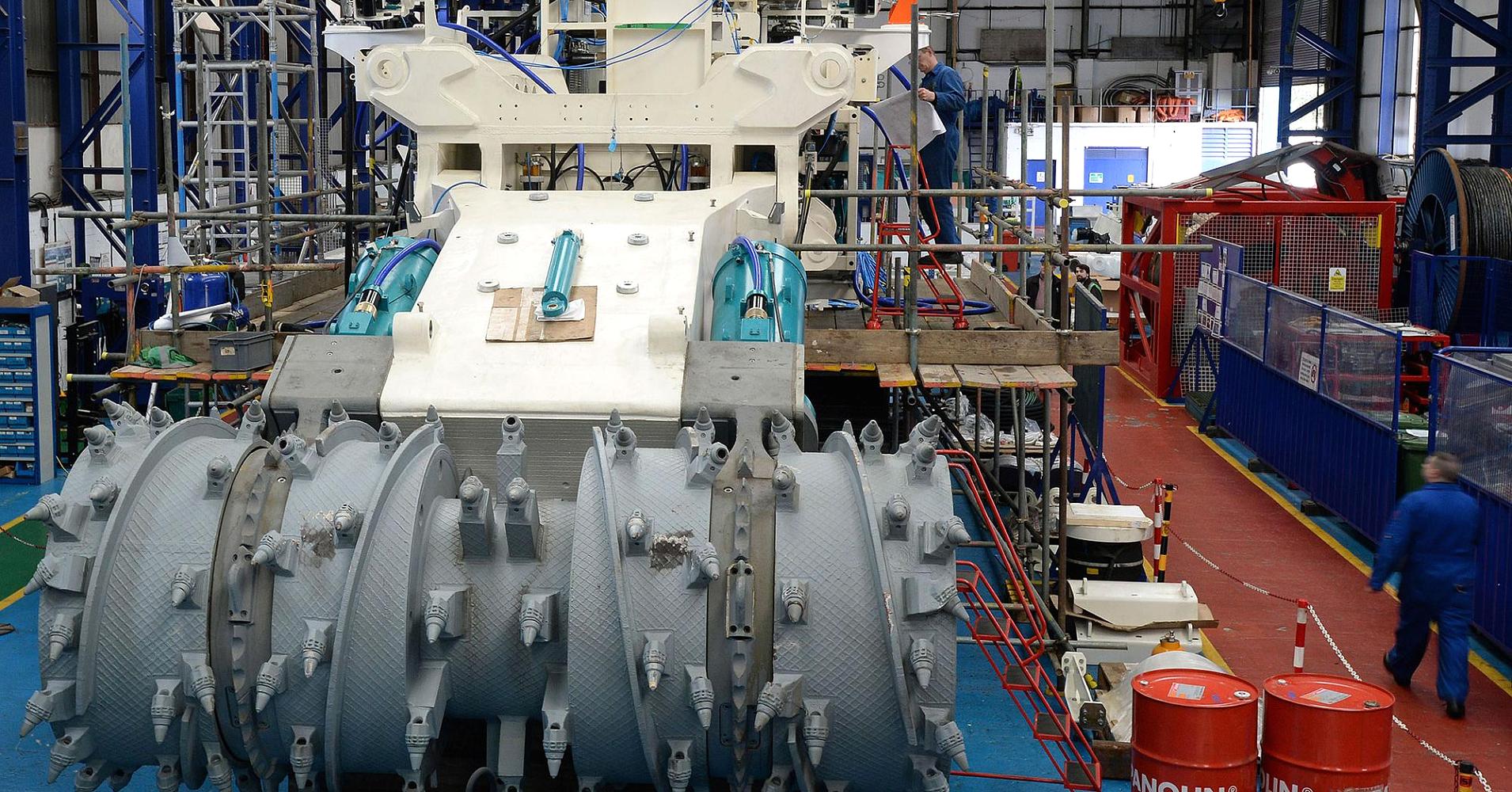
Nasa may be scouring deep space for signs of life. Elon Musk might be looking to Mars. China‘s scientists have had an eye cast skyward too – but, at the same time, the country seems keenly focused on challenges much closer to home – mineral riches in our oceans.
For decades, the quest for riches scoured from our oceans has been the stuff of fiction. Back in 1974, the CIA hoaxed the world by saying they were launching Project Azorian, a Pacific Ocean search for mineral-rich manganese nodules 4,900m deep. In fact, they were secretly looking for – and indeed found – the sunken Soviet submarine K-129.
In reality, the cost and uncertainty of deep-sea exploration has frustrated all attempts to begin plundering the assets in the oceans. Until now.
More from the South China Morning Post:
Why US and China have such different views about an American girl in a cheongsam
Nine flying pet peeves on planes – from passengers not putting devices on flight mode to being rude to cabin crew
Xi Jinping likely to make official Japan visit next year as two sides try to mend fences
As governments, mining companies and dozens of alarmed environmental groups prepare for the world’s 7th Deep Sea Mining Summit in London later this month, Canada‘s Nautilus Minerals, with lots of Chinese money and technical support, is poised to begin combing the Solwara 1 seabed site in the Bismarck Sea in Papua New Guinea.
Last September, Japan completed commercial trials at a depth of 1,600 metres in its exclusive economic zone off Okinawa. So far, the Jamaica-based International Seabed Authority, which polices deep-sea exploration under the United Nations Law of the Sea, has issued 27 licences for exploration.
The argument for seabed mining of minerals like nickel, cobalt, copper and manganese, increasingly in demand to make mobile phones, batteries and solar panels, has been well-articulated. For example, global demand for nickel currently sits at 2 million tonnes a year, and is expected to rise to 4 million by 2030.
But all known resources on land currently sit at 76 million tonnes – little more than 40 years of predictable supply. A further 70 million tonnes are thought to sit on the deep ocean floor and would give us 80 years before we run out. For cobalt, the story is similar – except that more than 60 per cent of all land-based supplies sit in the deeply unstable Democratic Republic of Congo.
Mining companies that often run out of cheaply accessible land-based resources and are increasingly harassed over the deforestation and pollution linked with mining are attracted to the idea of plundering the deep seabed, where there are no truculent communities to protest about local environmental harm and any damage will be out of sight and out of mind.
It is at present unclear whether the environmental harm wrought by deep-sea mining will be less or more than the harm wrought on land. But the environmental information available so far – in an area of research still in its infancy – is troubling.
The targeted minerals are found in three forms and locations – around deep hydrothermal vents that dot the “Ring of Fire” that circles the Pacific; cobalt “crusts” that sit on seabed sediments a few centimetres thick; and manganese nodules that are littered on the seabed. All three targets raise awkward environmental concerns.
The hydrothermal vents (about 500 active worldwide at the moment) are not only extremely hostile and toxic environments that are immensely inaccessible, but also have unique and extraordinary ecosystems with living species that have rarely been seen, let alone studied. Many people fear we are poised to destroy ecosystems we know little about.
The cobalt crusts accumulate a few millimetres every million years, while the manganese nodules grow by around 1cm every million years. As Thomas Peacock at MIT and Matthew Alford at the Scripps Institution of Oceanography note, “harvested regions are unlikely to recover on any human timescale”.
Since most of the technical barriers to searching for and scooping up these deep-ocean resources have now been overcome, the only remaining barrier, as mining companies – and resource-poor economies – come closer to launching operations, is the significant matter of economic viability.
As Peacock and Alford calculate, companies would need to collect 3 million tonnes of dry manganese nodules a year to profit – which would mean underwater collector vehicles combing 50km a day, and reaping nodules in concentrations above 10kg per square metre. No wonder the Nautilus/Solwara project is four years behind schedule and perilously short of funding.
No wonder, either, that Canadian Nautilus Minerals has turned to deep-pocketed and patient Chinese partners to provide funds, and also to Fujian Mawei Shipbuilding – perhaps China’s most iconic shipbuilder with an illustrious history stretching back to the Qing dynasty – to build its production support vessel.
By now, Chinese companies have three of the 27 licences so far awarded by the International Seabed Authority, and China controls more mining exploration areas in international waters than any other country. Most recently, it has also agreed with Rodrigo Duterte in the Philippines on joint seabed development – though whether this is for seabed minerals or a quest for oil or natural gas is so far unclear.
The priority being given to deep-sea development sits well not just with China’s urgent quest for scarce minerals, but also with its “Belt and Road Initiative”: better to develop South China Sea resources together than to fight over possession of it.
How concerned China is about the environmental challenges is another matter. Lin Shanqing, at China’s State Oceanic Administration, has said: “Projects that endanger marine ecosystems will not be given the green light.” I will need to see that before I believe it.

